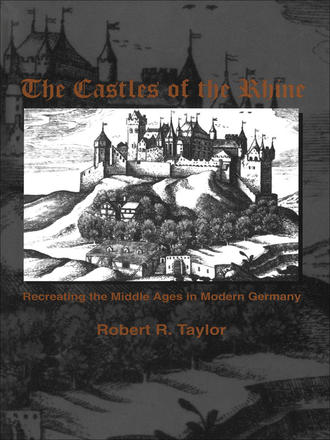
Description
Far from being mere antiquarian or sentimental curiosities, the rebuilt or reused fortresses of the Rhine reflect major changes in Germany and Europe during the nineteenth and early twentieth centuries. Taylor begins The Castles of the Rhine with a synopsis of the major political, social and intellectual changes that influenced castle rebuilding in the nineteenth century. He then focuses on selected castles, describing their turbulent histories from the time of their original construction, through their destruction or decay, to their rediscovery in the 1800s and their continued preservation today.
Reading this book is equivalent to looking at history though a romantic-nationalist kaleidoscope. Amply illustrated with maps and photographs, The Castles of the Rhine is a wonderful companion for anyone with dreams or experience of journeying along the Rhine.
Reviews
``[W]hen studying the great German river [the Rhine], one can escape neither poetry nor politics. The need to assert and defend political power created the original Rhenish castles [and] . .. much later . .. when these fortresses had fallen into ruin and lost all apparent political or military value, nineteenth-century poets were enraptured by the landscape and mythology of both the Rhine and its wrecked citadels. ''
- from the author's Introduction